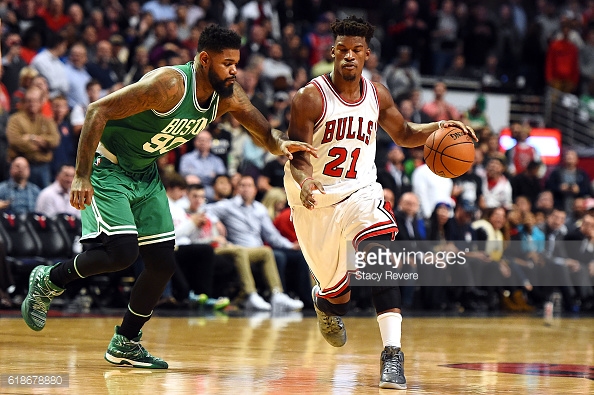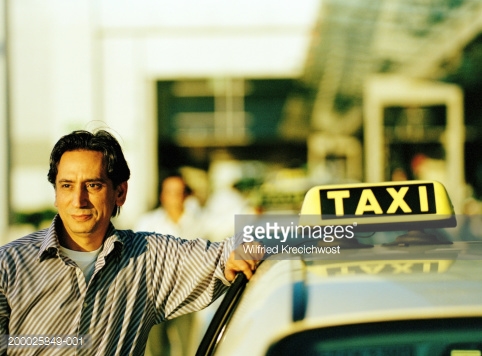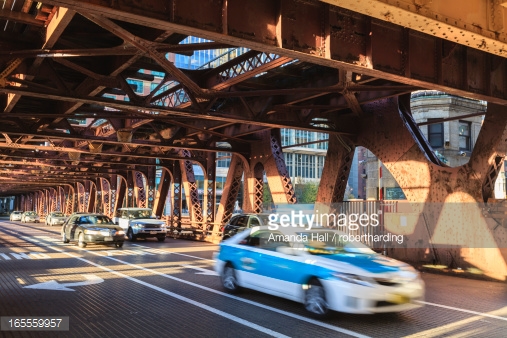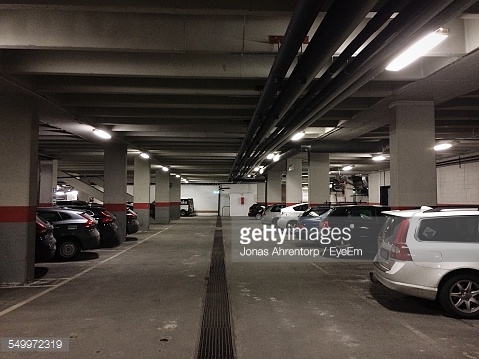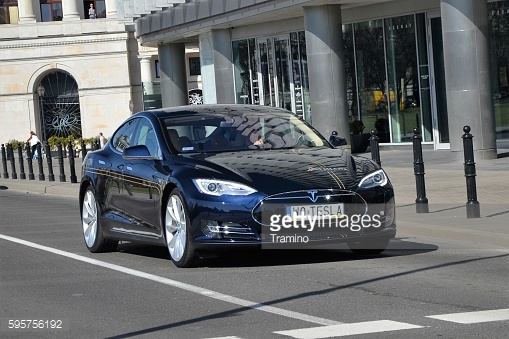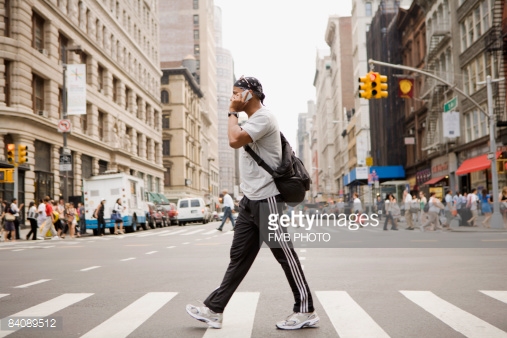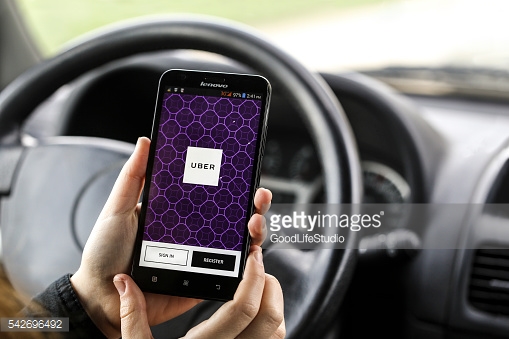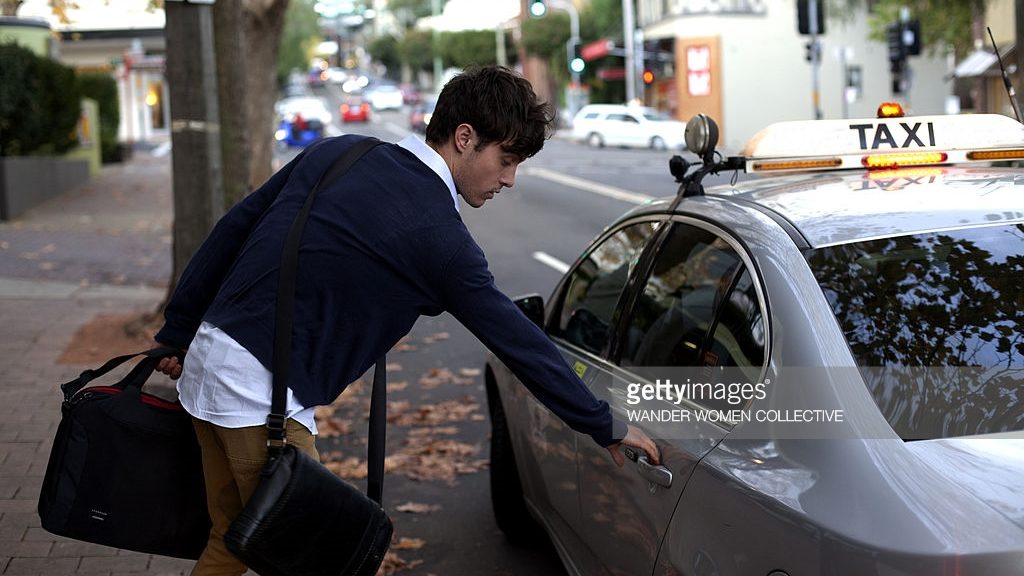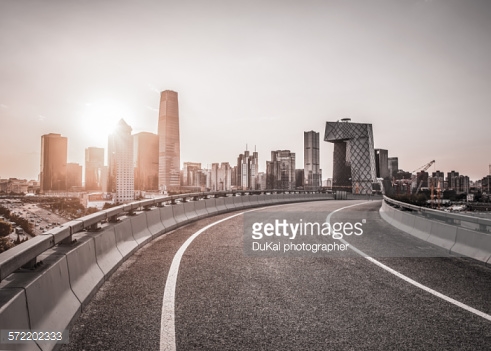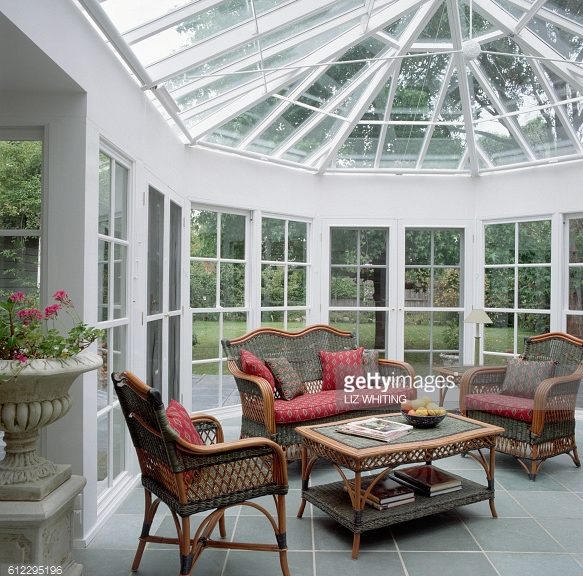“You Uber?”
The cop’s gruff tone was not curious but accusatory. He looked both pissed and eager to take care of business, his squad car’s gumball lights a-spinnin’.
“Yes, sir,” I replied.
“Pull into that spot and turn off your car!” he barked.
I stayed, outwardly a mellow fellow. I was in suburban North Chicago at the Great Lakes Naval Station, as summoned by Uber app. I was there to pick up three uniformed guys at the same spot I’d been the night before, dropping off another navy man.
But this time the city of North Chicago was ready. Apparently, the city had a new law requiring Uber drivers to get $450 permits before they could drive.
Awkwardly, my three passengers were in the car with me. Now one of them gestured to a handful of cabbies parked on the other side of the pickup area.
“Those guys over there pointed you out,” he said.
“Oh yeah?” I said, striking a tone of nonchalance.
It wasn’t easy. Up until that moment, I’d had only sympathy for traditional cabdrivers, even though I was an Uber.
That’s because I’ve also been a cabbie; I leased a cab during my student days 35 years ago. Its owner made the rules: I could drive 4 AM to 4 PM (only one rush hour) six days a week, for which I paid him $20 a day. Gas was on me. In those days, I wished for my own cab, to drive whenever I wanted without having to buy a medallion or pay someone else rent.
Uber finally made that possible. No overhead for leasing a cab means there’s no driving too little to “make up your nut,” as we used to say. The advantages don’t end there. While a cabbie, I was robbed at gunpoint, but with Uber everything is done by preregistered credit card, so its drivers don’t need to carry cash.
There are other pluses too. But whether they add up enough to make it worth it depends on your expectations—and whether they’re low enough.
Uber knows (or seems to believe) that every time an Uber driver drops out there are ten more to take his place, happy with the way things are because it’s all they’ve ever known. People are lining up to drive Uber, and cabbies are panicking.
United Taxidrivers Community Council has called for a citywide taxi strike Thursday to protest Mayor Emanuel’s plan to allow Uber and other rideshare services to pick up at the last bastions of sacred cabbie ground: the airports and McCormick Place. The advocacy group says that cabs have already lost 30 to 40 percent of their business to rideshare. Of course they hate Uber.
Ironically, so do plenty of Ubers.
Chicago ranks low in Uber earnings potential compared to other U.S. cities. One recent survey by the Benenson Strategy Group found that Chicago Uber drivers pulled in around $16 an hour, while New Yorkers made almost $30. That only added fuel to the inferno lit when Uber announced that new drivers would be coughing up 25 percent of their gross fares to Uber—a 5 percent increase—on top of the $1.30 per ride in taxes and other fees the company already collects. Veterans remember when Uber took less and the take-home was, according to them, much better. But few drivers coming on since Uber increased its cut will even be aware of the change.
North Chicago’s ordinance was another change we Ubers didn’t know about.
Back at the naval station, more squad cars pulled into the lot—six, seven, and an eighth before they were adequately prepared to move me into a squad car to be transported to the police station. I was lucky; I had enough cash (via the courthouse ATM) to retrieve my car and get home by evening. But it was not a good day as earnings go. And that’s not saying much.
Many potential drivers are lured by Uber’s ads. In one absurd standout, a jovial Uber driver remarks how, if he wants to make $200 in a day, that’s what he does. Or $500 in a day? “Sure,” he says enthusiastically. “It’s all up to you!”
That is pure fantasy, and if cabbies want to be effective in their fight against rideshare, they should counterattack with a few realities.
I’m far from a great Uber driver, but not terrible. Here’s how I did: In just over six weeks, I drove a total of 21 days. My longest day was 11 hours, my shortest two hours. I bought 20 tanks of gas at $2.50 a gallon, costing me approximately $800. (This is huge: it helps to have a hybrid instead of a car that gets, as mine does, 25 miles per gallon.) I washed the car each week, including light detailing, for a total of $120.
So my total gross from driving was $2,089.88, from which Uber took $531.81. (That will be more for a driver starting now with the new 25 percent cut). My take: $1,558.07. Subtracting for gas and washes, that leaves a depressing $638.07 net profit.
Hourly, that’s only $5.83.
I figured that out while sitting in the North Chicago police station as my car and I were processed after my Sunday-morning bust. That, by the way, cost me $760.
Uber did reimburse me for that charge, since North Chicago has made a habit of creating anti-Uber ordinances but, oops, “forgetting” to let the public know.
Still, I’m not optimistic about my Uber future. It is hard to imagine the money improving, considering the company’s aggressive—and clearly successful—efforts to recruit new drivers, combined with Uber’s willingness to squeeze drivers by taking bigger and bigger slices of their earnings pie. Uber offers cash rewards to drivers when they recruit other drivers, but it’s a mixed blessing. You might get a couple hundred bucks (at the moment anyway—this amount has decreased over time), but then there’s another driver out there competing with you.
The other morning I stood at Wacker and Washington, as I made my way from Union Station to my “real” job as director of the Cook County court system’s divorce mediation programs. I’ve developed a habit of counting how many Ubers go by, as identified by the big black “U” in the window, and how many have passengers. I do the same with cabs.
On that day, it was nine total. Four were taxis, two with fares. Five were Ubers, three with fares. Winner: Uber.
It’s not exactly a scientific study, but it’s not an unusual ratio for that corner at that hour on a weekday. If anything, it has tilted a bit more to Uber’s advantage since summer, and it is hard to imagine the pendulum swinging back. The market isn’t speaking, it’s screaming.
Whether Uber wins, or a similar rideshare service such as Lyft rises to the top, or another new and innovative model comes along that trumps them all, it’s hard to imagine the taxi industry surviving in its present form.
But the war is far from over, and the battles will be raging for a while.
With or without me.
